Did you know hydrocolloid patches, or pimple patches, are great for mild to moderate acne? The American Academy of Dermatology1 says so. These patches stick to pimples and help them heal faster by soaking up extra fluid and keeping bacteria away1.
These patches are made from soft, breathable materials like hydrocolloid. They soak up fluids from pimples while letting the skin breathe1. The hydrocolloid material also creates a low-oxygen environment. This helps stop acne-causing bacteria from growing, like Propionibacterium1.
Most patches have hydrocolloid as the main ingredient. They soak up excess fluids. Some patches also have salicylic acid or tea tree oil to help reduce inflammation1.
For whiteheads, use hydrocolloid patches for 4-8 hours. They work well with little to no side effects like redness1. But, they might not work as well for deeper cystic acne2. How well they work depends on your skin type and the blemish type2.
Key Takeaways
- Hydrocolloid patches are highly effective for managing mild to moderate acne, especially for pus-filled pimples and whiteheads.
- These patches absorb excess fluid and protect the skin from bacteria, promoting faster healing.
- Hydrocolloid material creates a low-oxygen environment that can reduce the growth of acne-causing bacteria.
- The effectiveness of hydrocolloid patches may vary depending on the individual’s skin type and the type of acne being treated.
- When using hydrocolloid patches, it’s essential to follow the manufacturer’s instructions and be aware of potential side effects like redness or irritation.
What Are Hydrocolloid Patches?
Hydrocolloid patches have changed my skincare game. They use hydrocolloid gel, a material that absorbs moisture. These patches usually come in a pack of up to 15 individual patches3.
The Science Behind Hydrocolloid Patches
Hydrocolloids are special polymers that grab onto water. They’re made of long chains of molecules with lots of hydroxyl groups. This makes them great at holding water3.
These patches have a thick, sticky layer. Inside, they have materials like carboxymethylcellulose and gelatin. These help keep the patch moist3.
How Hydrocolloid Patches Work on Acne
When you put a patch on your skin, it sticks to the area. It pulls out dirt, oil, and pus from pimples. This helps your skin heal faster and keeps it from getting infected3.
Studies show these patches are great for open acne. They work better than regular tape in just one week4.
They’re also better at fighting acne than tape. They block UV rays and reduce redness and oiliness. This is true on days 3, 5, and 74.
Some patches have extra ingredients like salicylic acid. These help fight bacteria and inflammation. But, they might not be good for everyone’s skin3.
Hydrocolloid patches are best for pimples that are almost ready to pop. Medicated ones fight bacteria. Microneedling ones are for blind pimples3.
I’ve seen how well they work on acne. They’re easy to use and effective. Knowing how they work helps us choose better skincare. For more on how our nails show our health, check out this article from RDA Beauty Supply.
Benefits of Using Hydrocolloid Patches for Acne Treatment
Hydrocolloid patches are great for acne. They soak up extra fluid and pus from pimples. This creates a moist spot that helps your skin heal faster5.
They also protect your skin from getting worse. This stops you from picking at your blemishes6.
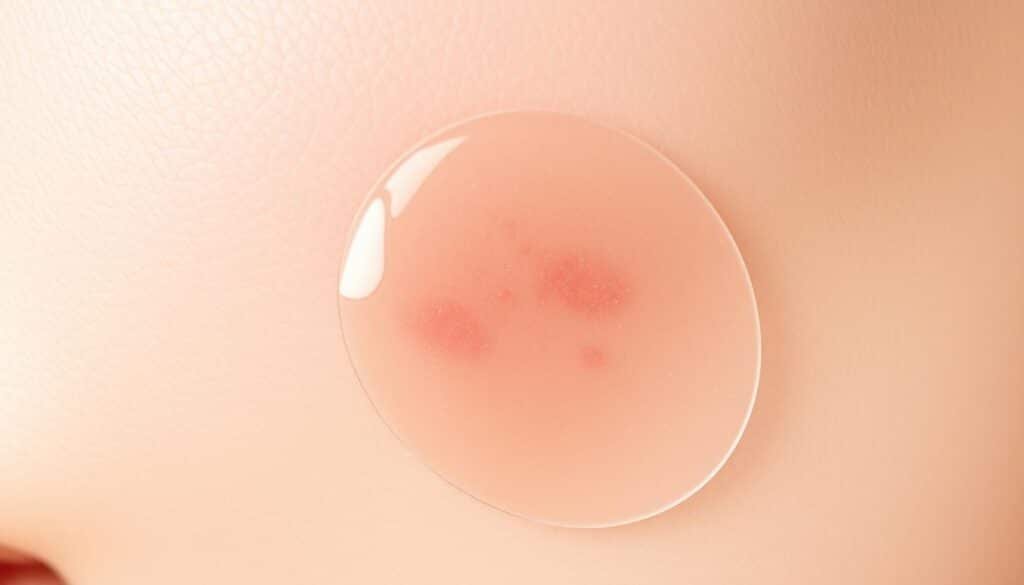
Absorbing Excess Fluid and Pus
Hydrocolloid patches are good at pulling out extra fluid and pus. As they do this, they turn white and gel-like6. This shows they’re working to clean out your skin.
This makes your skin heal faster and more efficiently.
Protecting the Skin from Bacteria and Infection
These patches also act as a shield. They keep your skin safe from harmful bacteria and lower the chance of infection6. Their waterproof layer keeps dirt and germs out.
This helps your skin heal quicker and reduces the chance of scars.
Promoting Faster Healing
Research shows hydrocolloid patches help acne heal faster. A 2006 study found they work better than skin tape for mild to moderate acne5. Another study showed they can reduce acne and dark spots on the face after 28 days5.
| Benefit | Description |
|---|---|
| Absorbing Excess Fluid and Pus | Draws out impurities, creating a clean environment for healing |
| Protecting Skin from Bacteria and Infection | Forms a protective barrier, reducing risk of infection and scarring |
| Promoting Faster Healing | Encourages efficient healing, reducing breakouts, redness, and oil |
Using hydrocolloid patches can help with acne. They reduce inflammation, protect your skin, and speed up healing. These patches are a simple and effective way to manage mild to moderate acne. They help you get clearer, healthier skin.
How to Use Hydrocolloid Patches Effectively
Using hydrocolloid patches for acne is easy. Dermatologists say to put patches on spots that are open and near the skin’s surface. This lets the patch soak up fluids like oil and pus78. Here’s how I do it:
- First, wash your hands and clean the area or your whole face.
- Apply the patch right after you clean, treating it as a spot treatment.
- Let the area dry before putting the patch on, pressing it down like a sticker.
- Make sure the patch covers the whole breakout for the best results.
Most patches should stay on for 6-8 hours, making them great for wearing at night9. They’re thin, flexible, and waterproof, so you can use them day or night8. When you take them off, you’ll see white gunk on the patch. This is the gel that mixed with the blemish’s pus, bacteria, and oil.
Hydrocolloid patches create a barrier that helps heal acne by keeping it clean98. They keep the area moist, which speeds up healing and prevents scars8. Experts say to wear them for 24-48 hours for the best results9.
Using hydrocolloid patches correctly can reduce inflammation and make acne lesions look better7.
With “maskne” becoming more common due to masks, we need good acne treatments8. Adding hydrocolloid patches to your routine and wearing them under masks can help. They treat existing acne and prevent new breakouts8.
Limitations of Hydrocolloid Patches for Acne Treatment
Hydrocolloid patches can help with some acne types, but they’re not for everyone. They might not work for all skin types or acne issues.
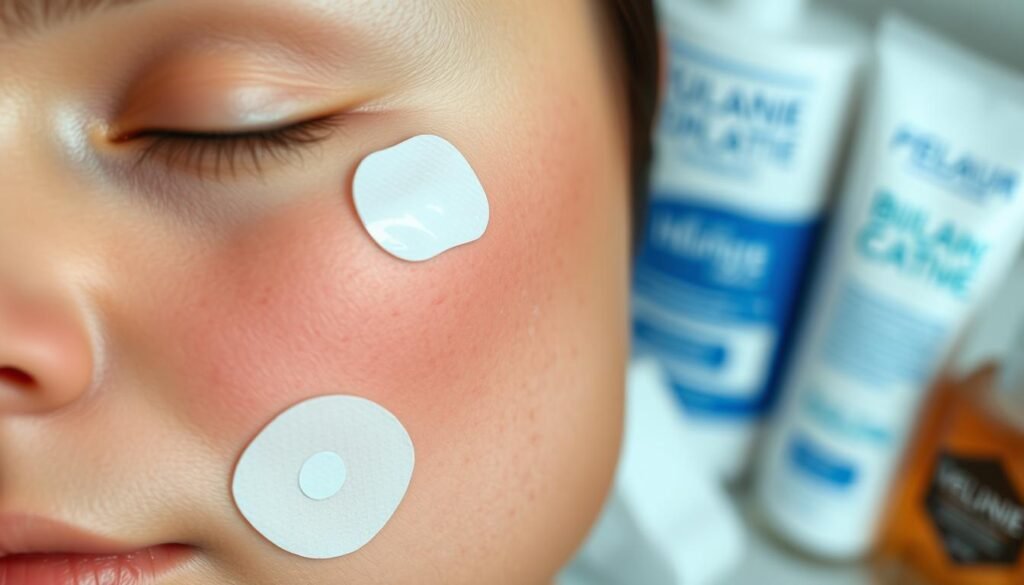
Not Suitable for All Types of Acne
These patches are best for open, draining pimples and bumps10. They’re spot treatments for active acne and don’t work on closed or deeper pimples10. They can’t stop acne from starting or clear clogged pores101112.
Studies are still looking into how well hydrocolloid patches work11. They might help pimples heal faster11. But, to really fight acne, you need different treatments like salicylic acid and benzoyl peroxide11.
Potential Skin Irritation for Sensitive Skin
Hydrocolloid patches are usually safe, but they might not help everyone10. If you have sensitive skin, be careful. The adhesive can irritate your skin if you’re allergic10.
| Acne Type | Hydrocolloid Patch Effectiveness |
|---|---|
| Pustules, Papules, Cysts | Effective |
| Blackheads, Whiteheads (Comedones) | Not Effective |
| Cystic Acne | Not Effective |
| Preventing New Acne | Not Effective |
If your acne is caused by hormones, your doctor might suggest special treatments10. You might also need Adapalene, salicylic acid, or even injections for severe acne10.
Comparison of Hydrocolloid Patches with Other Acne Treatments
Hydrocolloid patches are popular in the U.S. for their ability to soak up fluids and pus without drying the skin13. However, they might not work for all types of acne. You might need to try other acne treatments like topical or oral medications, or professional treatments.
Topical Acne Medications
Topical acne medications are often the first choice for breakouts. They reduce oil, kill bacteria, and clear pores. Some top options include:
- Salicylic acid
- Benzoyl peroxide
- Topical retinoids
- Azelaic acid
Hydrocolloid patches are good for zits with pus. But, patches with salicylic acid, tea tree oil, or benzoyl peroxide are better for early, inflamed pimples13.
Oral Acne Medications
For serious or ongoing acne, your doctor might give you oral meds. Antibiotics like doxycycline and erythromycin fight acne-causing bacteria. Isotretinoin is great for severe acne, like cysts and nodules, by reducing oil and clearing pores.
Birth control pills can also treat hormonal acne. They block hormones that cause breakouts. This is good for hormonal acne that doesn’t respond well to other treatments.
Professional Treatments
For tough or painful acne, see a dermatologist. They can give you quick relief and lasting results. Corticosteroid injections can shrink swollen, painful cysts and ease pain.
Other treatments like chemical peels, laser therapy, and light therapy can also help. They reduce inflammation, clear pores, and promote new skin. These treatments can give better results than hydrocolloid patches for severe acne.
Choosing between hydrocolloid or acne treatment patches depends on your pimple type. Popular options include Peter Thomas Roth and Missha Speedy Trouble Recovery Patch13.
Combining topical, oral, and professional treatments is often the best way to fight acne. Hydrocolloid patches can help with some acne, but a dermatologist can create a plan that really works for you. This plan will tackle your acne’s root causes and help you get clear, healthy skin.
Can You Feel Hydrocolloid Patch Work on Acne?
I’ve always wondered if hydrocolloid patches really work on acne. These patches have become popular, but do they live up to the hype? Let’s look at the science and what users say.
Effectiveness of Hydrocolloid Patches on Acne
Studies show hydrocolloid patches can help with acne healing. One study found they reduced acne severity and inflammation14. They also improved redness, oiliness, and sebum levels at days 3, 5, and 714.
Another study proved they can reduce breakouts in 4 hours15. These patches use 99% Hydrocolloid to extract gunk and flatten blemishes15. They also blur breakouts and reduce redness in 8 hours15.
User Experiences and Reviews
Real user experiences are just as important as studies. Mighty Patch The Original has a 4.5-star rating from 262 reviews15. This shows many users are happy with these patches for their acne.
Many users see swelling and size of pimples reduce overnight. Some notice big improvements in acne appearance after a few hours. But, results can vary, and they might not work for everyone or all acne types.
| Brand | Price | Key Ingredients |
|---|---|---|
| Cosrx Acne Pimple Master Patch | $16 (36% off on Amazon)16 | Hydrocolloid |
| Rael Miracle Patch Invisible Spot Cover | $14 (24% off on Amazon)16 | Hydrocolloid |
| ZitSticka Killa Microdart Patches | $25 (31% off on Amazon)16 | Hydrocolloid, Salicylic Acid, Niacinamide |
| Avarelle Acne Pimple Patch | $8 on Amazon16 | Hydrocolloid, Tea Tree Oil, Centella Asiatica |
When picking a hydrocolloid patch, look at patch size, ingredients, and price. Cosrx Acne Pimple Master Patch and Rael Miracle Patch are good options, both discounted on Amazon16.
I’ve been using hydrocolloid patches for my acne, and I’m impressed with the results. They help reduce the size and redness of my pimples overnight, and I love that they prevent me from picking at my skin.
Hydrocolloid patches can be helpful for acne, but they’re not for everyone. If you have persistent or severe acne, see a dermatologist for a personalized plan.
Conclusion
Hydrocolloid patches for acne can be a great addition to your skincare routine. They offer many benefits for your skin. In 2021, the market for these patches was worth 510 million US Dollars, showing how popular they are17.
These patches soak up excess oil, pus, and dirt. They help flatten pimples and heal them faster18. They work best on fresh pimples or oozing pustules, making them a handy solution for blemishes19.
But, it’s important to know their limits. They might not work well on cystic acne, cysts, blackheads, or whiteheads19. They’re good for occasional whiteheads and small pimples, but not for deep blemishes18.
Each patch is for one use, with up to 15 patches in a film. They can stay on for 6-8 hours, but using them too long can irritate your skin17.
When looking for acne treatments, talking to a dermatologist is key. They can create a skincare plan just for you, especially for severe acne18. Hydrocolloid patches are useful, but they should be part of a bigger skincare plan. Being patient and consistent is crucial for clear, healthy skin.
FAQ
What are hydrocolloid patches made of?
How do hydrocolloid patches work on acne?
Can hydrocolloid patches be used on all types of acne?
How long should I leave a hydrocolloid patch on my pimple?
Can hydrocolloid patches irritate sensitive skin?
How effective are hydrocolloid patches compared to other acne treatments?
Can I expect my pimple to disappear overnight with a hydrocolloid patch?
Source Links
- What Are Pimple Patches? Discover How Hydrocolloid Patches Work and Their Benefits – Medtecs Group – https://www.medtecs.com/what-are-acne-patches/
- Using Pimple Patches? Don’t Make The Same Mistake That I Did – https://www.refinery29.com/en-us/pimple-patches-mistakes-issues
- Pimple Patches and What They Offer – American Chemical Society – https://www.acs.org/education/chemmatters/articles/pimple-patches-and-what-they-offer.html
- What Are Hydrocolloid Patches for Pimples? – https://www.webmd.com/skin-problems-and-treatments/acne/what-are-hydrocolloid-patches-for-pimples
- Do Pimple Patches Really Work? Yes, in Some Cases – GoodRx – https://www.goodrx.com/health-topic/dermatology/do-pimple-patches-work
- Understanding Pimple Patches: A Comprehensive Guide | BHSkin – https://bhskin.com/blog/understanding-pimple-patches-a-comprehensive-guide/
- Hydrocolloid dressings, bandages, and patches – https://www.medicalnewstoday.com/articles/hydrocolloid
- Do Hydrocolloid Bandages Really Help to Treat Acne? – https://www.scapahealthcare.com/resource-library/blog/blog-details/healthcare/2021/04/01/do-hydrocolloid-bandages-really-help-to-treat-acne
- Can hydrocolloid bandages help heal acne? Here’s how they work – https://www.cnet.com/health/personal-care/how-hydrocolloid-bandage-acne-stickers-work/
- Do Pimple Patches Actually Work? – https://health.clevelandclinic.org/how-do-pimple-patches-work
- What Does a Pimple Patch Actually Do, and Is It Worth the Hype? – https://www.health.com/hydrocolloid-patches-7556580
- How Do Hydrocolloid Bandages Work for Healing Acne & Minor Wounds | BAND-AID® Brand – https://www.band-aid.com/first-aid-info/first-aid-basics/how-do-hydrocolloid-bandages-work
- What’s the Difference Between Hydrocolloid Patches and Acne Treatment – https://www.herocosmetics.us/blogs/news/hydrocolloid-patches-and-acne-treatment-patches-what-s-the-difference
- What Are Hydrocolloid Acne Patches and How Do They Work? – https://www.herocosmetics.us/blogs/news/what-are-hydrocolloid-acne-patches-and-how-do-they-work
- Hydrocolloid Acne Pimple Patch | The INKEY List – https://www.theinkeylist.com/products/hydrocolloid-invisible-pimple-patches
- Okay, What’s the Deal With These Pimple Patches? – https://www.cosmopolitan.com/style-beauty/beauty/a28971674/do-hydrocolloid-patches-bandages-work/
- Pimple Patch — Design Life-Cycle – http://www.designlife-cycle.com/pimple-patch
- Are Pimple patches worth the hype? – https://thedeconstruct.in/blogs/acne/are-pimple-patches-worth-the-hype?srsltid=AfmBOoqCS9oA8gqqi1lCmqsCQ_Fa4XVSKdp9vGVqakpurGgFk2uTyWmT
- So, How Do Hydrocolloid Patches Work Exactly? – https://rainbowbeauty.com/blogs/skincare/so-how-do-hydrocolloid-patches-work-exactly

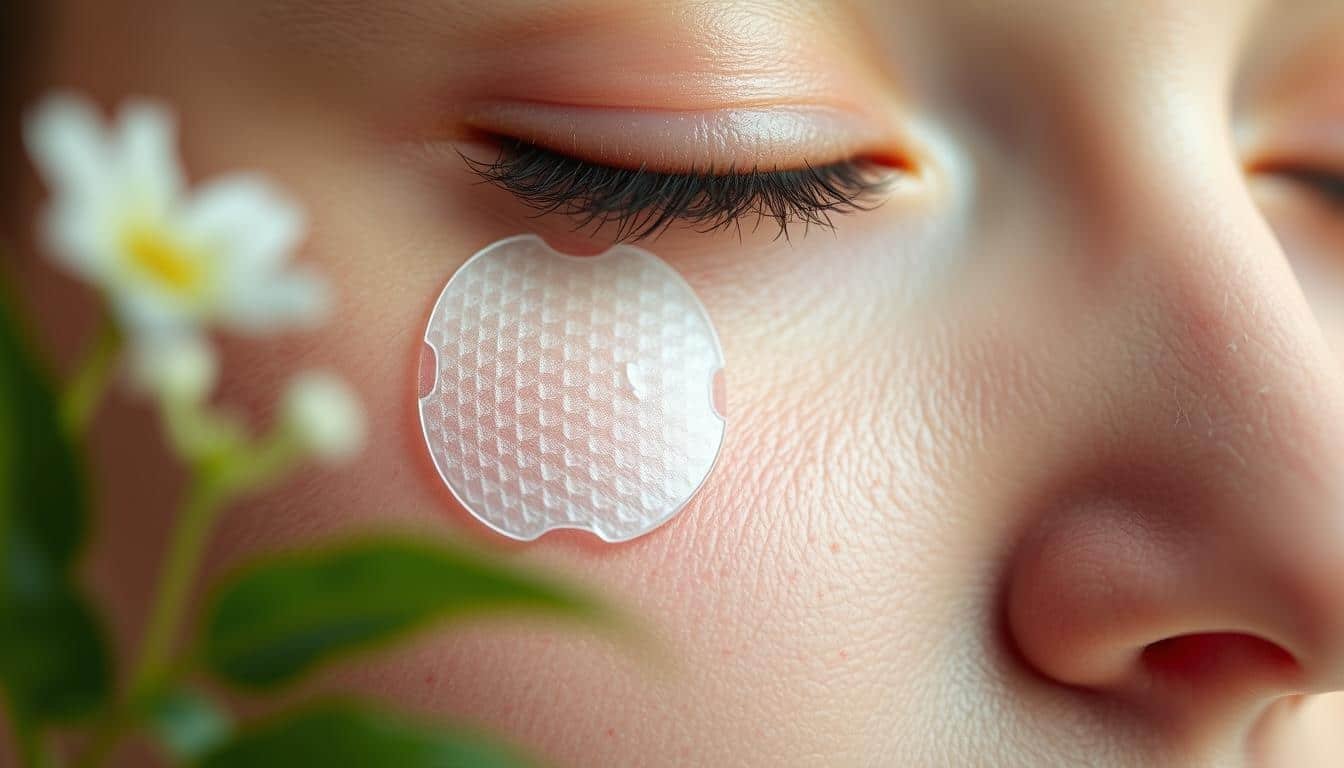
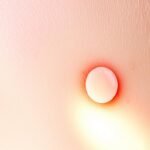
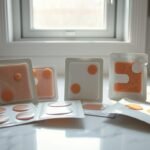
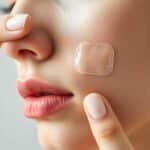
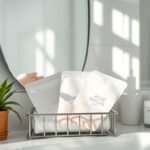
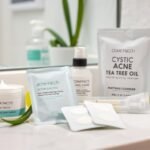
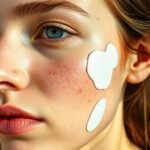
Interesting read, but are these patches just a fad? Is there solid proof they work better than traditional acne treatments?
Interesting read, but arent hydrocolloid patches just glorified stickers? I mean, do they actually suck out the pimple gunk? Hard to believe!
Loving the science here, but is it just me or does anyone else feel these patches are just glorified, overpriced band-aids?
Well, if hydrocolloid patches really work on acne, why isnt everyone with acne issues using them? Just food for thought.
Interesting read, but isnt popping acne with these patches just feeding into our pimple-popping obsession? Just food for thought.
Interesting read, but isnt it just a placebo effect? Any science folks who can explain the magic behind these patches? #JustWondering
Placebo or not, if it works and brings relief, does the why really matter? #FoodForThought
Interesting article, but isnt it a stretch to claim hydrocolloid patches are a miracle cure for all acne types? Has anyone experienced this?
Miracles dont exist, but hydrocolloid patches do. Worked wonders on my stubborn acne!
Interesting read, but isnt it possible that hydrocolloid patches just mask the acne issue rather than actually treating it? Just a thought.
Interesting article, but arent hydrocolloid patches just glorified band-aids for zits? Is the science really that solid or just another skincare fad?
Band-aids for zits or not, hydrocolloid patches are game-changers. Dont knock it till youve tried it!
Interesting read, but arent hydrocolloid patches just a fancy, expensive version of slapping a band-aid on a zit? Just food for thought.
Interesting read, but isnt it just a placebo effect? Are these patches really better than traditional acne treatments? Lets debate!
Interesting read, but do hydrocolloid patches really work on cystic acne, or is it just effective for surface-level zits? Just a random thought!
Interesting read, but arent hydrocolloid patches just glorified stickers? I mean, can they really suck out acne bacteria? Doubtful, dont you think?